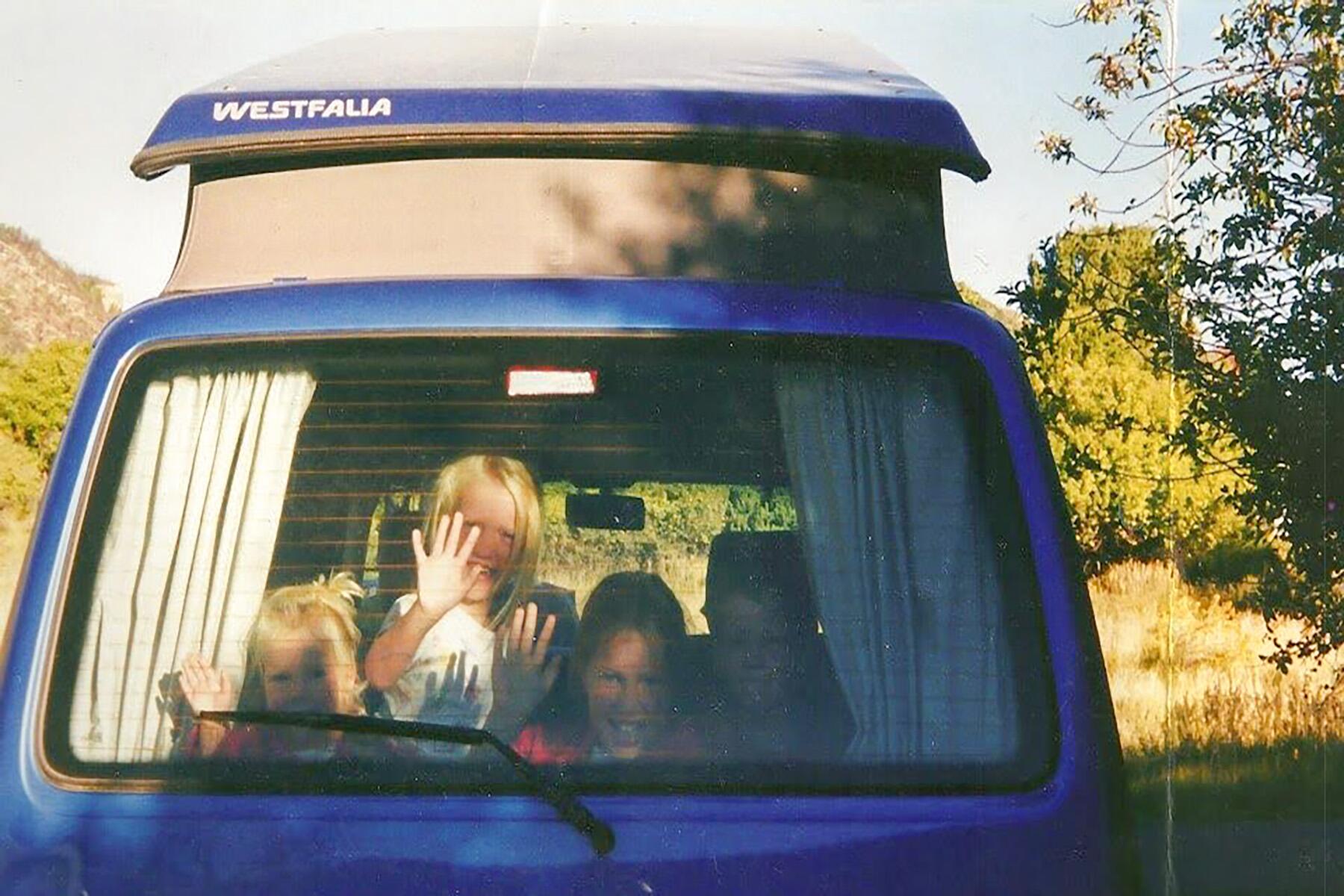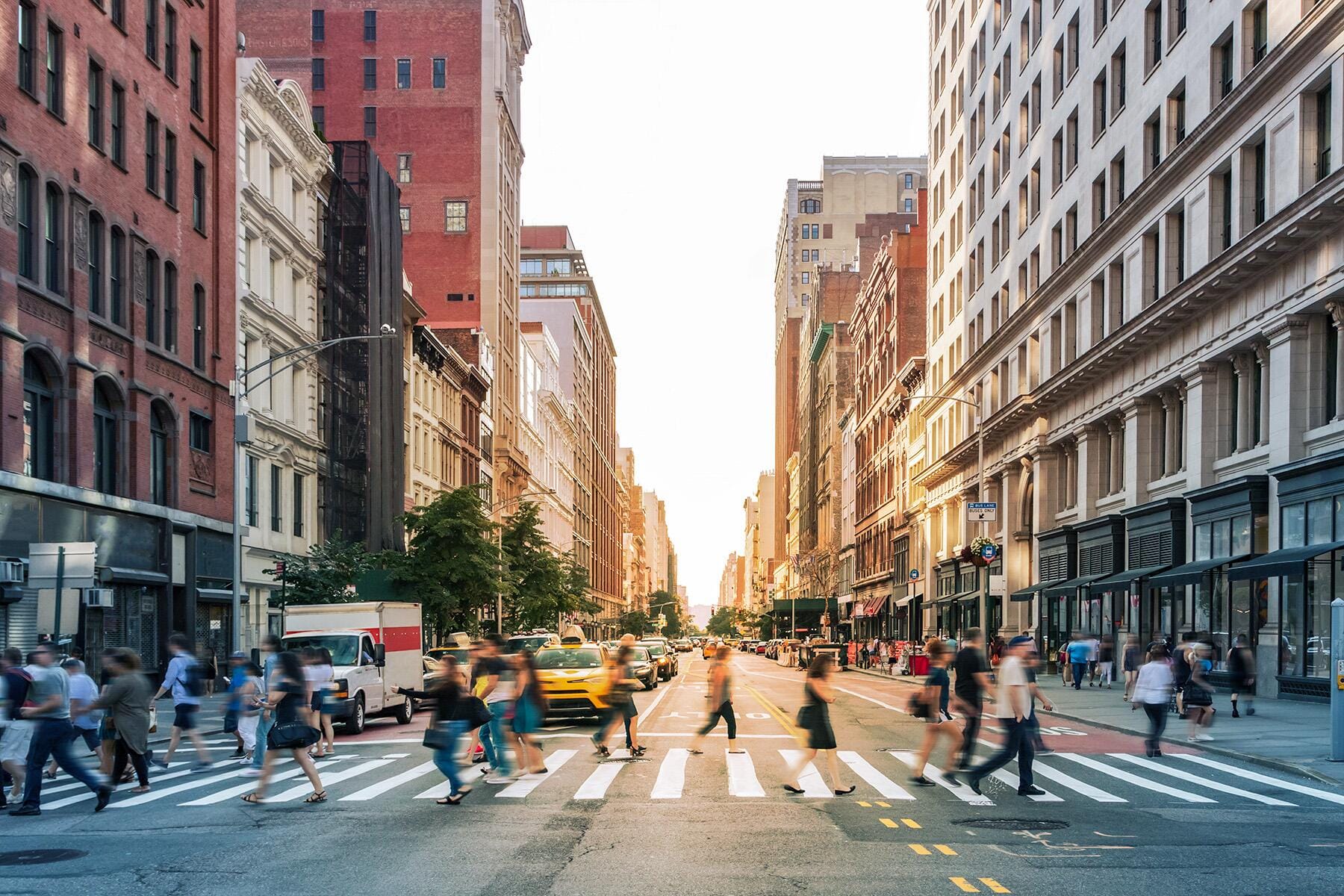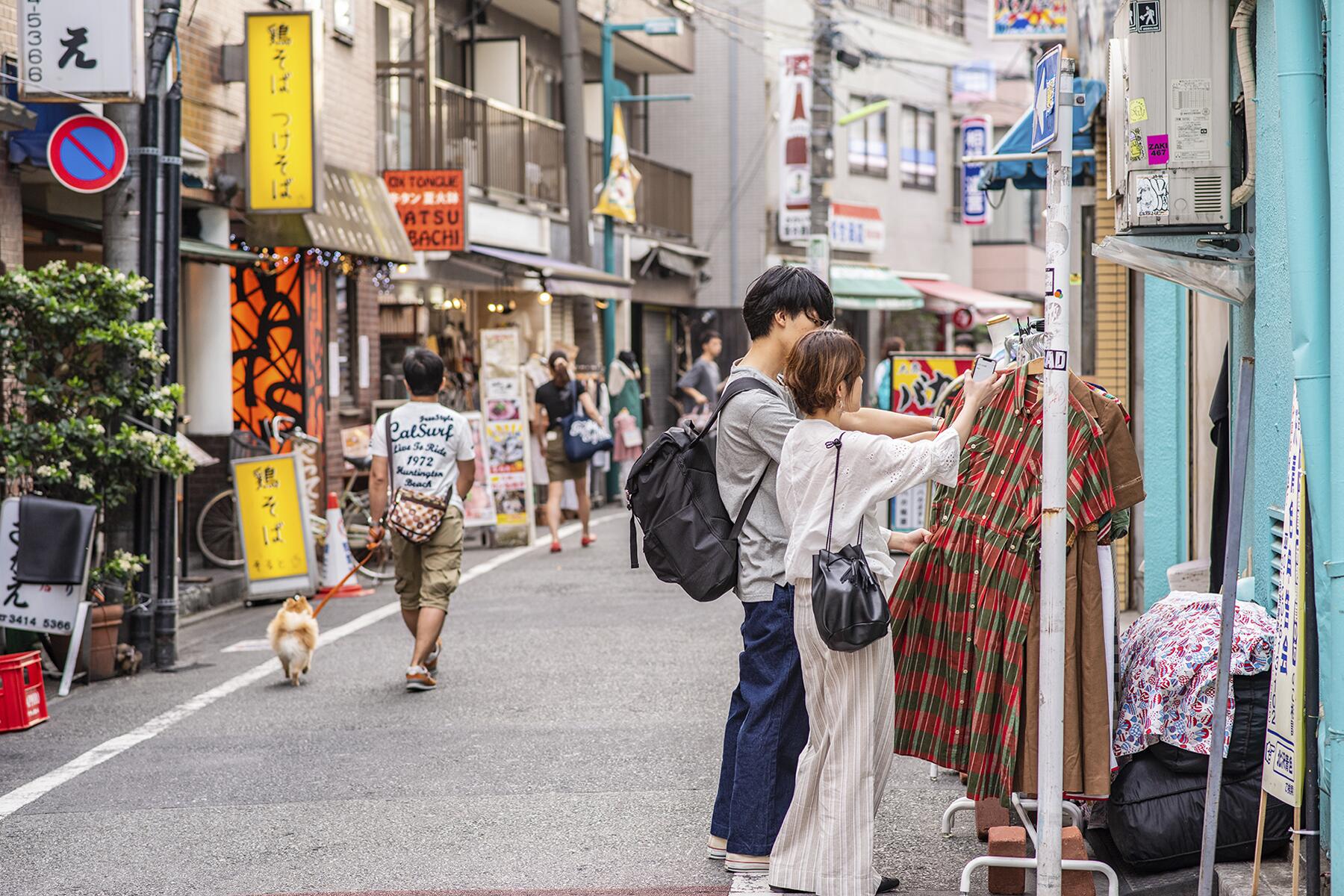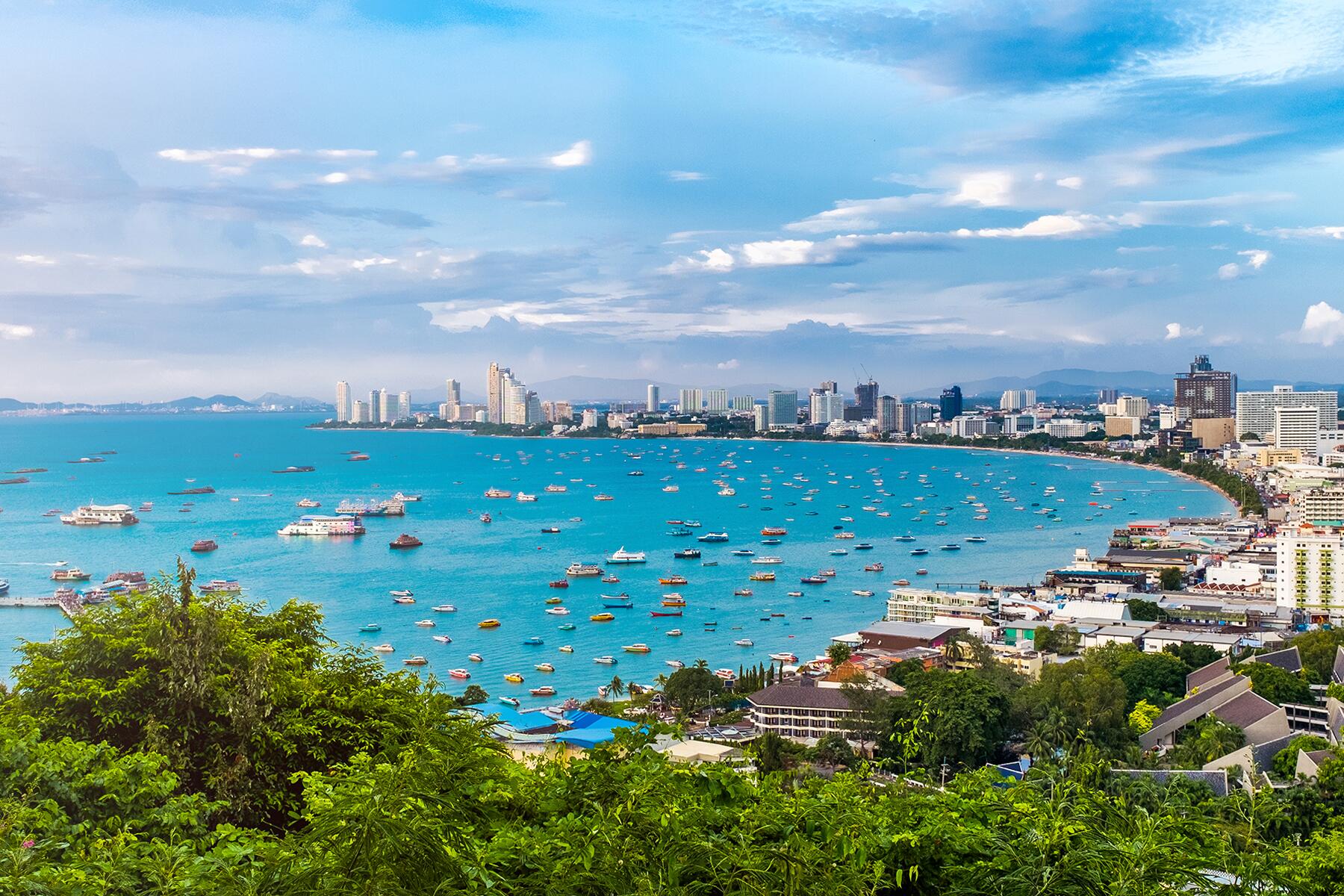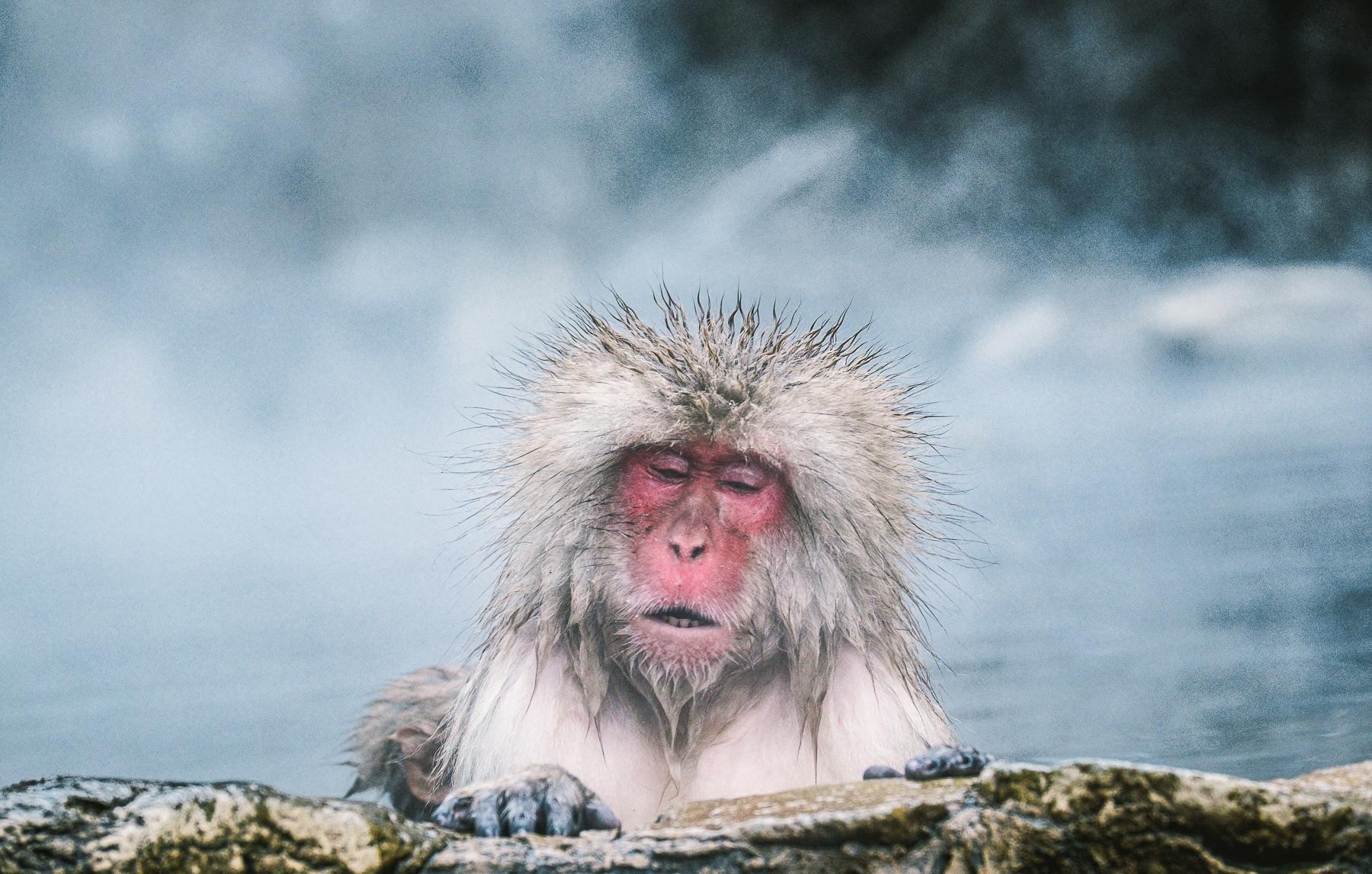Meet the most relaxed primates in Japan at this magical onsen.
Onsens and monkeys are a ubiquitous part of Japanese iconography. But the only place they come together in the country (and in the world, for that matter) is at Jigokudani Monkey Park. Located in the “Hell Valley” of the Japanese Alps, an area named for its numerous bubbling hot springs, the park is rich with Japanese macaques, which until the early 1960s were considered more pest than tourist attraction. But now, free from the emotional baggage you might see at zoos, troops of monkeys make like humans, and take time for a little onsen self-care. Read on to learn how you can join these chilled-out primates for an afternoon.
